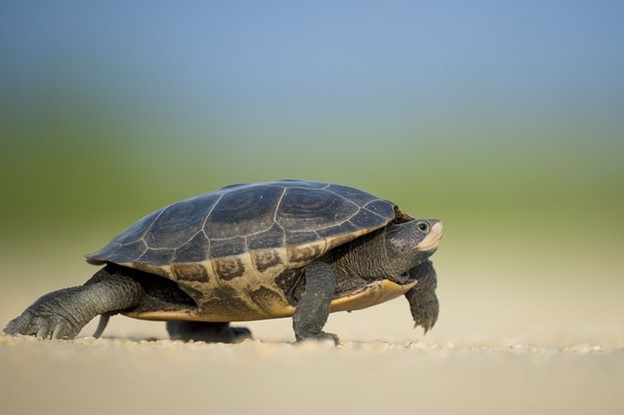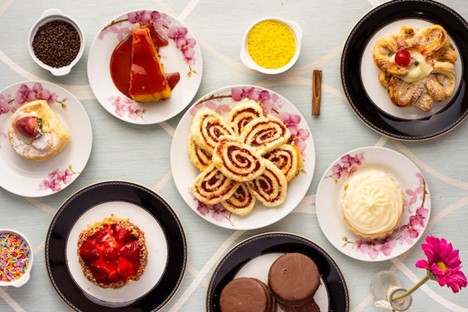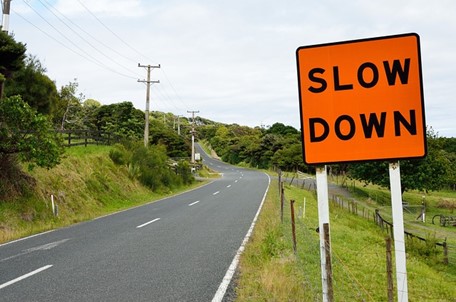
For many years, I have followed what’s known as a “slow-carb” diet. My meals contain a mix of protein, fiber, healthy fats, and complex carbohydrates. (A fancier name for this strategy is following a “low glycemic” diet.)
What’s the point of a slow-carb diet?
Eating this way prevents the carbohydrates I eat from digesting too quickly. As a result, the fuel they provide enters my bloodstream at a slow, steady pace over the hours between meals. My energy levels stay high, and I don’t get hungry.
In other words, my slow-carb diet isn’t a weight-loss diet – it’s an energy-management diet.
What’s wrong with fast carbs?

The most common alternative to eating this way is eating a high-glycemic diet: meals composed primarily of simple carbohydrates that digest quickly.
When you eat this way, the fuel (glucose) from the carbohydrates enters your bloodstream too quickly, causing a spike in blood sugar. Your body then releases a bunch of insulin to bring your blood sugar back down to a safe level, but in the process, it overcompensates and leaves you with low blood sugar.
The result is a “sugar crash” – the loss of energy that comes about an hour after eating a high-glycemic meal.
Sugar and Other High-Glycemic Foods

While sugar causes many problems for the brain, the most immediate is the sugar crash. Your prefrontal cortex is an energy hog; it uses lots of glucose. And it’s also the part of your brain that’s responsible for willpower, emotional regulation, focus, and executive function. So yeah, kind of important.
When you go through a sugar crash, your prefrontal cortex is the first part of your brain to lose power. We experience this as laziness, irritability, and difficulty focusing. This is, first and foremost, what I aim to avoid by following a slow-carb diet.
However, it’s important to note that candy, soda, and desserts aren’t the only foods that cause a sugar crash. Any simple carbohydrates eaten mostly on their own will do it: pasta, bread, rice, fruit. It’s not that these foods are unhealthy – it’s that these foods digest too quickly.
Slow it Down

The solution is not necessarily to avoid these foods but to slow down their digestion. Eating them with (or after) protein, fiber, and fat helps because these things all slow down digestion. For example, if you’re going to have some fruit for a snack, add some nuts or cheese to slow down digestion.
It also helps to choose whole grains over refined grains like white rice and white flour. Whole fruit is better than fruit juice.
And if you’re going to eat dessert, the best time to eat it is after a meal, not on an empty stomach. However, as a recent experience showed me, this can still cause a sugar crash.
Brownies After Lunch

I recently celebrated my 38th birthday with my family. For dessert, we enjoyed brownies with mint frosting. There were leftover brownies, which I took home.
That Sunday, I worked a long day: 9:30am to 10pm with breaks for lunch and dinner. I love what I do, and I usually have plenty of energy to get through the day. But the Sunday after my birthday, I had two brownies after lunch, and, despite all I know, was genuinely surprised by the consequences.
My first tutoring session after lunch went great – lots of energy. But during the second session of the afternoon, I crashed, hard. I found myself yawning and struggling to focus. I wanted to take a nap. Even though I had eaten a significant lunch, I felt hungry again. In particular, I craved more sugar. I struggled through the next few hours and resolved to never have dessert after lunch on a workday again.
Bad Days are Good Data
Now, I didn’t beat myself up for making this mistake. I know that screw-ups are learning opportunities, and bad days make for good data.
In the end, this sugar crash was a great reminder of why I have the eating habits I do, and it has helped me recommit to making wise food choices in the future.
